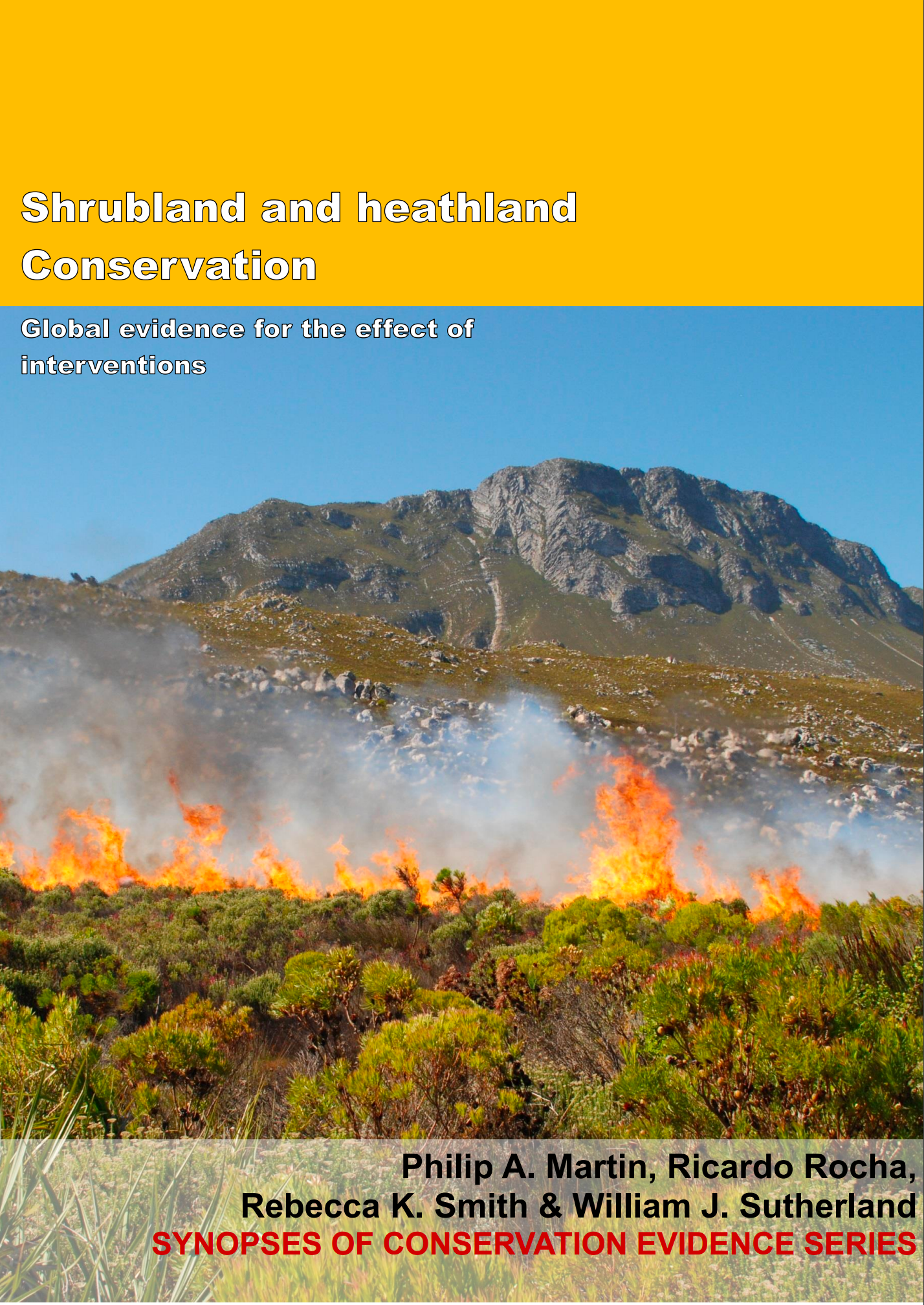Use fences to exclude large herbivores
-
Overall effectiveness category Unknown effectiveness (limited evidence)
-
Number of studies: 1
View assessment score
Hide assessment score
How is the evidence assessed?
-
Effectiveness
7% -
Certainty
10% -
Harms
0%
Study locations
Supporting evidence from individual studies
A controlled study in 2001–2006 in chaparral shrubland that had been cut to reduce wildfires in California, USA (Potts et al. 2010) found that using fences to exclude deer from shrubland increased the height of shrubs, but not shrub cover after three years. In plots that were fenced to exclude deer, shrubs were taller in one of two years (67 cm) than in plots that were not fenced (55 cm). However, shrub cover in plots that were fenced was not significantly different to that in plots that were not fenced (data not presented). Fuel reduction treatments to reduce wildfire risk were carried out in all plots in 2001–2003. In 2003 mesh fences 1.5 m tall were built around five 2.5 m2 quadrats and five quadrats were left unfenced. The height and cover of vegetation in all quadrats was assessed by eye in 2005 and 2006.
Study and other actions tested
Where has this evidence come from?
List of journals searched by synopsis
All the journals searched for all synopses
This Action forms part of the Action Synopsis:
Shrubland and Heathland Conservation
Shrubland and Heathland Conservation - Published 2017
Shrubland and Heathland synopsis





)_2023.JPG)














